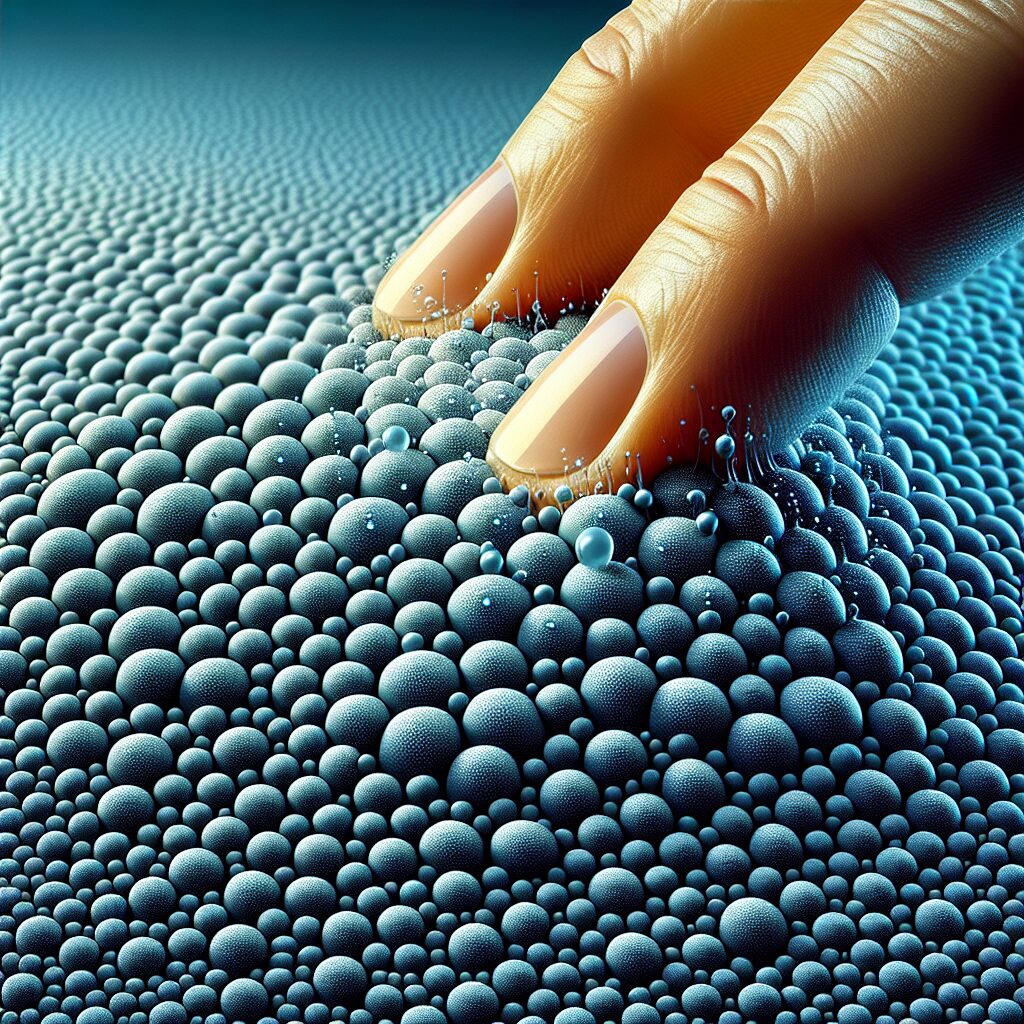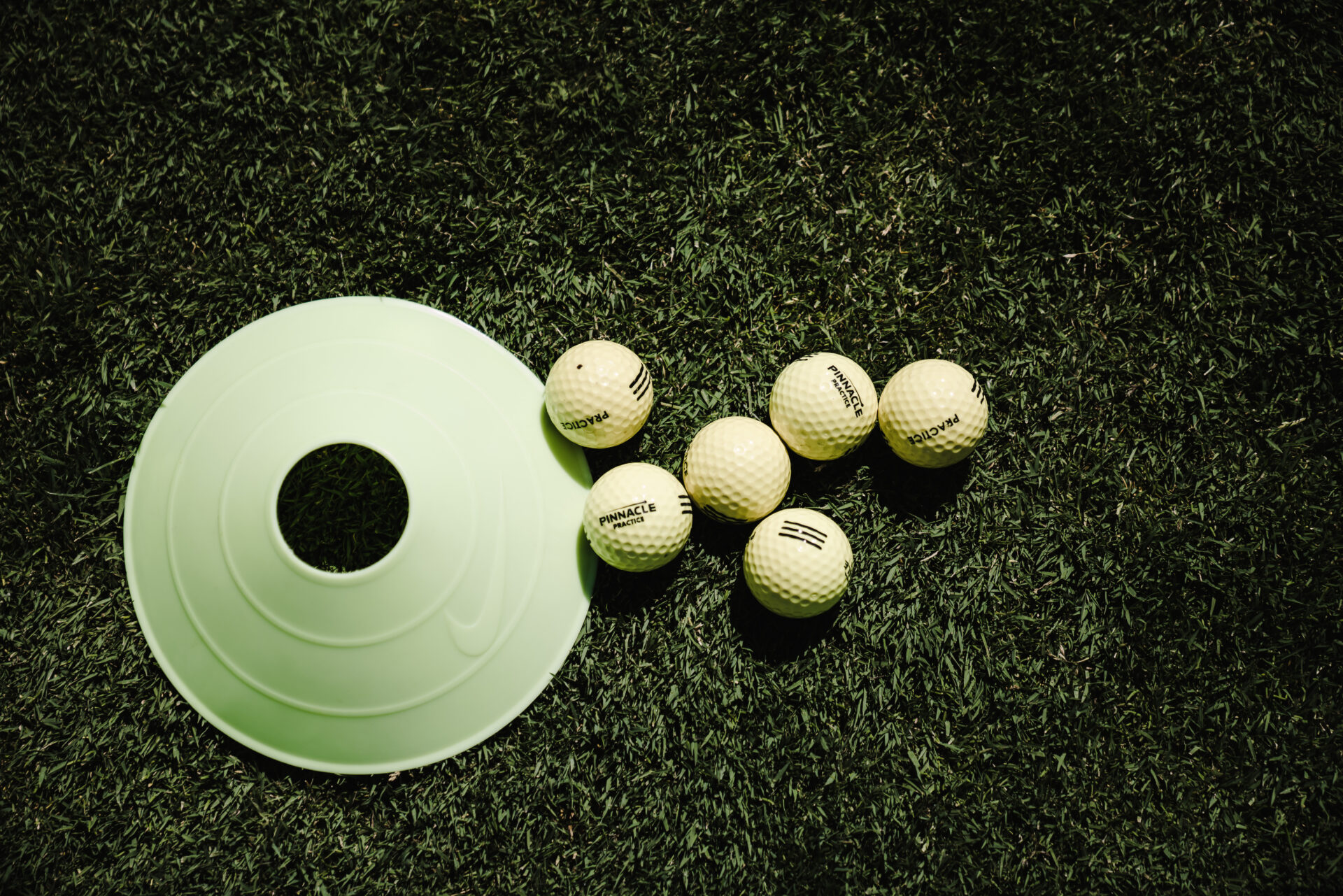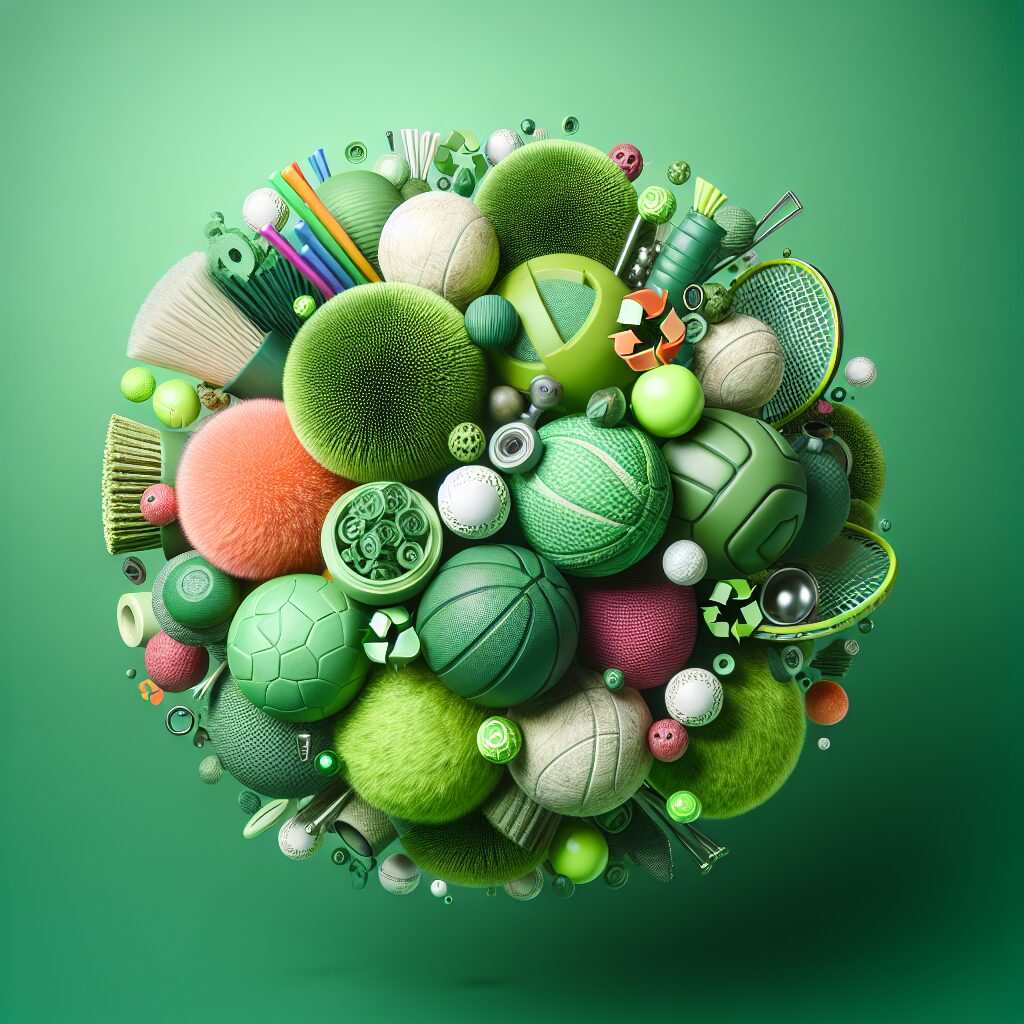Hydrophobic Texture: Defying Water for Better Grip
In the world of engineering and material science, hydrophobic texture is a term that has been gaining significant attention. Hydrophobic texture refers to a specialized surface that repels water molecules, allowing for improved grip and control in various applications. The unique feature of this texture lies in its ability to defy water, creating a barrier that enhances performance and functionality.
One of the key impacts of hydrophobic texture is its effect on reducing slipperiness. Whether it is a sports shoe, a smartphone, or even a car tire, the presence of water can often result in a loss of traction and stability. By incorporating a hydrophobic texture, manufacturers have been able to overcome this challenge by creating surfaces that repel water. This phenomenon ensures that even in wet conditions, the grip remains firm and slip-free.
Moving forward, let’s delve into the key takeaways of hydrophobic texture and explore its various applications and benefits. We will discuss how this innovative technology has revolutionized industries such as sports, automotive, and consumer electronics, providing us with enhanced performance and better grip in a water-filled world.
Key Takeaways
1. Hydrophobic texture helps in improving grip by repelling water, thereby reducing slippage and enhancing stability in various applications.
2. Researchers have developed patterned materials inspired by natural phenomena, such as lotus leaves and butterfly wings, to create hydrophobic textures with exceptional water-repellent properties.
3. Hydrophobic surfaces find applications in various industries like sports equipment, consumer electronics, medical devices, and even everyday items like coatings and clothing.
4. The use of hydrophobic textures can significantly improve the performance and safety of products and help in reducing accidents due to slipping or losing grip.
5. Ongoing research continues to expand the potential applications of hydrophobic textures, exploring their benefits in areas like oil spill cleanup, anti-icing, and water filtration systems.
Can Hydrophobic Texture Defy Water for Better Grip?
What is Hydrophobic Texture?
Hydrophobic texture refers to the unique surface design that repels water, allowing for improved grip and control. It is a revolutionary innovation that has found applications in various industries, from sports to manufacturing.
How Does Hydrophobic Texture Work?
The science behind hydrophobic texture lies in its microscopic features. These textures are designed to minimize the contact area between the surface and water droplets. By reducing this contact, the water molecules are unable to “stick” to the surface, resulting in water droplets rolling off easily.
Hydrophobic textures are created using advanced nanotechnology, where a combination of materials and coatings are applied to the surface. This alters the surface properties and creates a barrier that repels water.
Applications of Hydrophobic Texture
1. Sports Equipment
Hydrophobic textures have revolutionized the sports industry by enhancing grip and control in wet conditions. From football gloves to tennis racquet handles, the addition of hydrophobic texture allows athletes to maintain a firm hold even in rainy or sweaty situations.
2. Automotive Industry
In the automotive industry, hydrophobic textures are used on tires and other critical components to improve traction on wet roads. By repelling water, these textures prevent hydroplaning and increase overall safety.
3. Electronics
Electronics such as smartphones and tablets often incorporate hydrophobic textures on their surfaces to protect against accidental liquid spills. This prevents water from penetrating the devices and causing damage.
4. Medical Devices
Hydrophobic textures find applications in medical devices like surgical instruments, where a secure grip is crucial. By incorporating hydrophobic coatings, healthcare professionals can maintain control even when working with liquids.
Advantages of Hydrophobic Texture
1. Improved Grip
The primary advantage of hydrophobic texture is the enhanced grip it provides in wet or humid conditions. This is especially beneficial in sports and critical industries where a secure hold is essential.
2. Water Resistance
Hydrophobic textures offer excellent water resistance, preventing water from seeping into surfaces or devices. This helps extend the lifespan of products and reduces the risk of damage caused by water.
3. Easy Maintenance
Surfaces with hydrophobic texture are relatively easy to clean since water droplets simply roll off. This saves time and effort when it comes to maintaining the cleanliness of equipment or objects.
Tips for Enhancing Grip Using Hydrophobic Textures
- Ensure surfaces are thoroughly cleaned and dried before applying hydrophobic coatings.
- Choose the appropriate type of hydrophobic texture based on the specific application.
- Regularly inspect and reapply hydrophobic coatings to maintain optimum performance.
- Consider safety precautions when using hydrophobic textures, as extremely slippery surfaces can pose risks.
- Consult with experts or manufacturers to determine the best hydrophobic texture solution for your needs.
Frequently Asked Questions
1. How does hydrophobic texture improve grip?
Hydrophobic texture creates microscopic patterns on the surface that repel water, enhancing friction and providing a better grip. This prevents slips and accidents, making it especially useful in wet or humid environments.
2. Can hydrophobic texture be applied on different materials?
Yes, hydrophobic texture can be applied on a wide range of materials, including metals, glass, ceramics, and plastics. Its versatility allows for its application in various industries where improved grip is essential.
3. Does hydrophobic texture wear off over time?
While the longevity of hydrophobic texture depends on several factors such as usage, maintenance, and the specific product used, it is designed to endure regular wear and tear. However, periodic reapplication may be necessary to maintain its optimal performance.
4. Is hydrophobic texture safe for use?
Hydrophobic texture is typically safe for use as it is carefully formulated to be non-toxic and non-allergenic. However, it is recommended to follow the manufacturer’s instructions and use the appropriate protective measures during application.
5. Can hydrophobic texture prevent water damage?
While hydrophobic texture can repel water, it may not completely prevent water damage. Its primary purpose is to enhance grip and reduce the risk of accidents. Additional protective measures, such as waterproofing or sealing, may be required for effective water damage prevention.
6. Are there any maintenance requirements for hydrophobic texture?
Hydrophobic texture typically requires minimal maintenance. Regular cleaning with mild soaps or detergents and avoiding harsh chemicals or abrasive materials can help prolong its effectiveness. However, specific maintenance recommendations may vary depending on the product and surface it is applied to.
7. Can hydrophobic texture be used in outdoor applications?
Yes, hydrophobic texture is suitable for outdoor applications. Its water-repellent properties make it particularly useful in outdoor environments where slippery conditions are common, such as around pools, decks, or sports facilities.
8. Can hydrophobic texture be customized?
Yes, hydrophobic texture can be customized to a certain extent. Different patterns, textures, or colors can be applied based on specific preferences or branding requirements. However, the extent of customization may depend on the available options provided by the product or service provider.
9. Does hydrophobic texture affect the appearance of the surface it is applied to?
In many cases, hydrophobic texture does not significantly alter the appearance of the surface it is applied to. However, it is always recommended to consult with the product supplier or service provider to ensure an accurate understanding of how the texture may affect the appearance.
10. Where can hydrophobic texture be used?
Hydrophobic texture can be used in various settings, including but not limited to sports equipment, household items, industrial machinery, and automotive applications. Its versatility allows for extensive usage across different industries and day-to-day environments.
Final Thoughts
Hydrophobic texture offers a revolutionary solution to the longstanding challenge of maintaining a reliable grip in the presence of water. By defying water and enhancing friction, this technology not only reduces the risk of accidents but also boosts performance and productivity. Whether in sports, daily activities, or industrial operations, hydrophobic textures prove their worth by providing stability and confidence even in wet conditions.
As researchers and innovators continue to explore and refine hydrophobic texture applications, we can anticipate its expanding influence across diverse sectors. The ongoing development of more durable and customizable materials will further heighten the potential for improved grip in numerous scenarios. With the continued advancements in hydrophobic texture technology, the age-old struggle against water in grip-related challenges may soon become a thing of the past.




